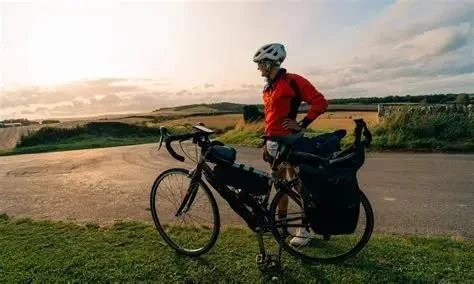
- durable-bikepacking-bags-make-or-break-your-trip
- multi-day-hydration-strategy-beyond-water-bottles
- gps-navigation-and-backup-maps-for-cycling
- essential-tools-for-on-the-go-repairs
- nutrition-that-fuels-the-long-haul
- weather-adaptive-clothing-layers
- bike-lights-and-reflective-gear-for-safety
- comfortable-sleep-systems-for-bike-camping
- emergency-first-aid-kit-specifically-for-cyclists
- document-storage-and-digital-essentials
1. Durable Bikepacking Bags: Make or Break Your Trip
When you’re pedaling hundreds of miles, the last thing you want is a broken zipper or torn pannier. High-quality frame bags, saddle bags, and handlebar rolls are a must for long-distance cycling trips. Look for waterproof materials and secure attachment systems. Riders who've crossed continents swear by modular bag setups that allow gear to be balanced across the bike.
Brands like Ortlieb and Apidura come up often in rider forums, but depending on your needs, you can find affordable options reviewed by Cycling Guider that hold up just as well.
2. Multi-Day Hydration Strategy: Beyond Water Bottles
Two standard bottles won't cut it for serious touring. A hydration bladder (like a Camelbak) tucked in your frame bag or backpack lets you drink without slowing down. Some cyclists even carry water purification tablets or a lightweight filter to stay topped up in remote areas.
When Katie Behr rode from Seattle to Santa Barbara, her biggest regret wasn’t sore legs—it was underestimating the water needs on hot days. Now she recommends carrying at least 3 liters on desert stretches.
3. GPS Navigation and Backup Maps for Cycling
Modern cycling GPS units do more than show you the way—they track progress, alert you to climbs, and offer rerouting if needed. Garmin Edge and Wahoo Elemnt models are reliable favorites, but don’t rely solely on tech. A waterproof paper map or pre-downloaded offline map app (like Ride with GPS) can save your trip when batteries die.
Adventure cyclists often recommend marking emergency stops and bike shops before setting off—something Cycling Guider encourages as part of any trip prep checklist.
4. Essential Tools for On-the-Go Repairs
Even a minor mechanical issue can ruin your ride if you’re unprepared. A multitool, spare tubes, tire levers, mini-pump, and chain lube are non-negotiables. Consider tire plugs and a derailleur hanger too if your route includes rough terrain.
In one real-life scenario, rider Mark Ellison repaired five flats in two days on an Arizona trail—proof that carrying extra patches and a pump isn’t overkill, it’s survival.
5. Nutrition That Fuels the Long Haul
Long-distance cyclists burn upwards of 5,000 calories a day. Protein bars, trail mix, nut butters, and carb-rich snacks are essential, but balance is key. If you can, plan occasional stops in towns to refresh your meals and morale.
Cyclists often underestimate the energy crash after lunch. Riders on the TransAm Bike Race keep high-sugar snacks handy during the toughest afternoon climbs. Cycling Guider has tested nutrition plans tailored to long-distance efforts.
6. Weather-Adaptive Clothing Layers
From searing sun to sudden downpours, the weather can change drastically in a single day. A moisture-wicking base layer, insulated mid-layer, and packable rain shell are the holy trinity. Don’t forget UV arm sleeves or leg warmers depending on your climate.
Anecdote: A cyclist in Colorado faced hail mid-July at 10,000 feet—thankfully prepared with a compact insulated vest. Lightweight doesn’t mean sacrificing protection.
7. Bike Lights and Reflective Gear for Safety
Whether you're riding early or pushing into dusk, visibility is critical. A bright front light, flashing rear light, and reflective decals or clothing increase your chances of being seen. Rechargeable USB lights are now standard, but bring power banks or solar options if you're off-grid.
Cyclists in the Pacific Northwest often recommend redundant lighting systems due to frequent fog and low light conditions.
8. Comfortable Sleep Systems for Bike Camping
If you're camping en route, your rest matters as much as your ride. A compact sleeping bag, inflatable pad, and bivy or tent tailored to your region’s climate are essential. Weight-to-warmth ratio is critical—don’t skimp on insulation if night temps drop.
Tip: Seasoned bike travelers often pack earplugs and a sleep mask to deal with unfamiliar surroundings or campground noise.
9. Emergency First Aid Kit Specifically for Cyclists
Your kit should go beyond basic band-aids. Include antiseptic, blister pads, painkillers, antihistamines, and medical tape. Some add electrolyte tablets or a small emergency blanket. Make sure it's accessible, not buried in your pannier.
Case in point: On a multi-day trail in Utah, a rider was stung by a wasp and needed an antihistamine immediately. Fast access mattered more than size.
10. Document Storage and Digital Essentials
Passports, ID, emergency contacts, and route cards should be sealed in a waterproof pouch. Bring a small power bank, charging cables, and SIM-enabled device or emergency beacon depending on your remoteness.
Before any big trip, Cycling Guider recommends printing a ride manifest and leaving a copy with a friend or family member.

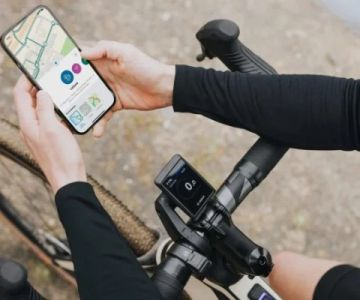


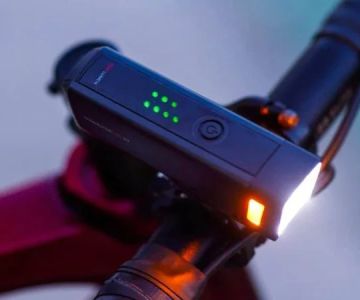

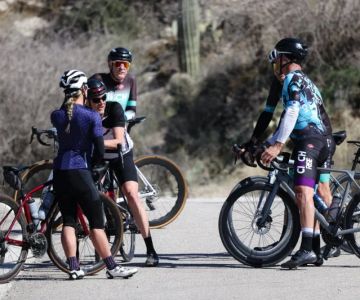
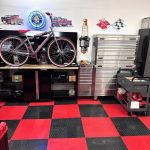 Billet BMX5.0 (2 reviews)
Billet BMX5.0 (2 reviews)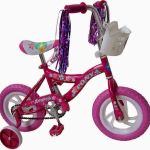 Far East Children Bicycle Factory1.0 (1 reviews)
Far East Children Bicycle Factory1.0 (1 reviews) Archer Motorsports, Inc.4.0 (8 reviews)
Archer Motorsports, Inc.4.0 (8 reviews) YEP Bike Works4.0 (55 reviews)
YEP Bike Works4.0 (55 reviews) Gorham Bike & Ski4.0 (498 reviews)
Gorham Bike & Ski4.0 (498 reviews) Alchemy Bikes4.0 (37 reviews)
Alchemy Bikes4.0 (37 reviews) How to Teach Kids to Ride a Bike: A Step-by-Step Guide for Parents
How to Teach Kids to Ride a Bike: A Step-by-Step Guide for Parents Tips for Riding on Busy City Streets: Smart Strategies for Urban Cyclists
Tips for Riding on Busy City Streets: Smart Strategies for Urban Cyclists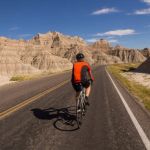 Best US National Parks for Mountain Biking: Ride Epic Trails Across America
Best US National Parks for Mountain Biking: Ride Epic Trails Across America Best Aero Helmets for Time Trials and Racing
Best Aero Helmets for Time Trials and Racing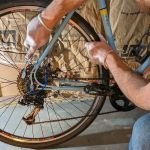 How to Clean and Lubricate Your Bike Chain Like a Pro
How to Clean and Lubricate Your Bike Chain Like a Pro 10 Must-Have Items for Long-Distance Cycling Trips
10 Must-Have Items for Long-Distance Cycling Trips